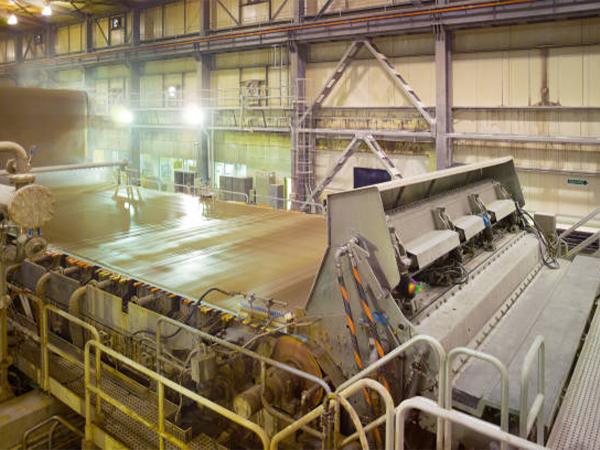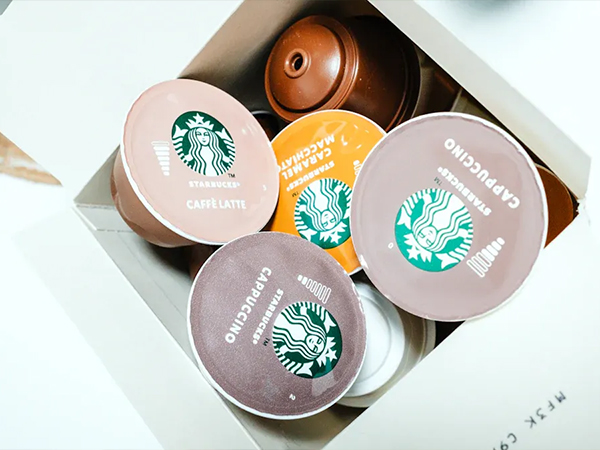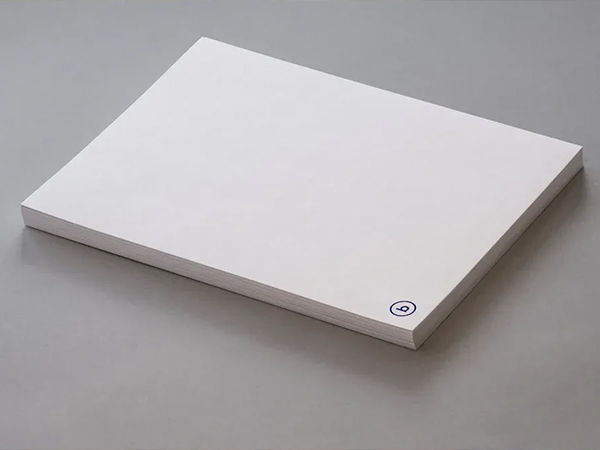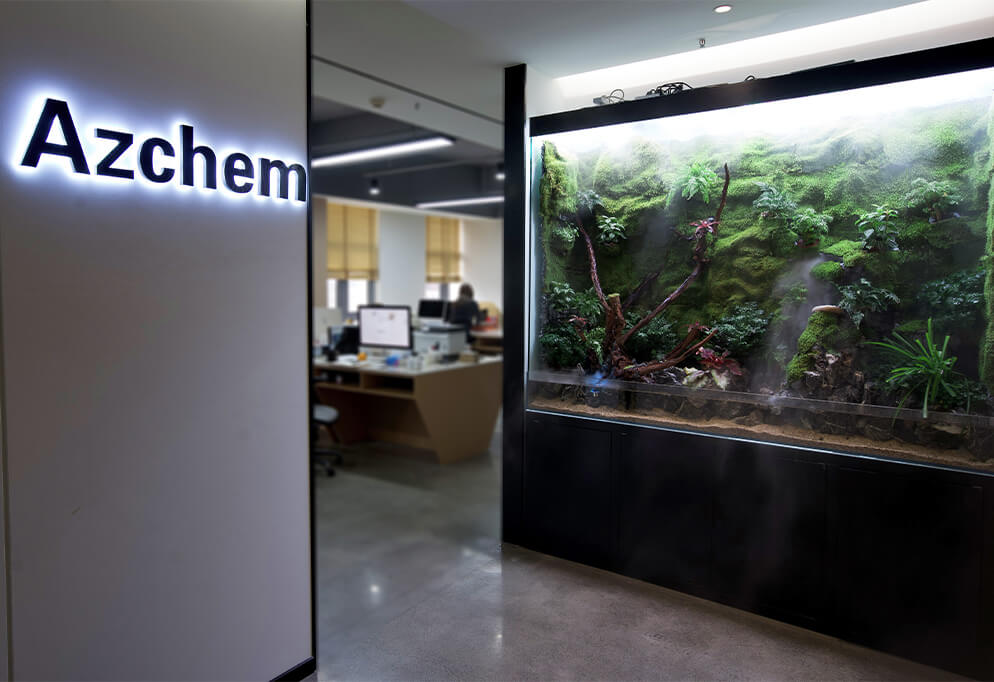1. Introduction
As paper machine speeds increase and more wet-end additives are used, foam formation has become a growing concern. From stock preparation to cooking, washing, bleaching, pulp supply, sizing, coating, and effluent recovery, foam can disrupt production, degrade paper quality, and in severe cases, halt operations. The right defoamer selection—often a blend of two—can effectively suppress foam without compromising product integrity. However, choosing the optimal defoamer for each foaming system still requires wider awareness.
2. Major Types of Papermaking Defoamers
Common defoamer categories in the industry are:
| Type | Composition |
|---|---|
| 1. Silicone-based | Silicone oil (siloxane) + silica + emulsifier |
| 2. Long-chain alcohol-based | Fatty alcohols + emulsifier |
| 3. Polyether/polyester-based | Polyether (or polyether-ester) + diluent/emulsifier |
| 4. Mineral oil-based | Mineral oil + hydrophobic particles + emulsifier |
| 5. Blends (compound defoamers) | Mineral oil + polyether/polyester or silicone + mineral oil |
3. Application in Production Stages
3.1 Pulping Section
- Preferred defoamer: Silicone-based (milky white emulsion).
- Advantages: Strong, long-lasting foam control, high stability, minimal usage, low cost.
- Caution: Poor emulsification can cause oil spots, affecting sizing and paper strength.
- Dosage: Typically 0.2–0.8 kg per tonne of pulp, with less needed for chemical-mechanical pulps.
- Application method: Dosed via metering pumps at multiple points—washer, black liquor tanks, screens, etc.
3.2 Paper Machine Section
- Preferred defoamers: Long-chain alcohol or polyether/polyester types, due to production safety concerns with silicones on paper machines.
- Temperature sensitivity:
- Long-chain alcohols: Fast-acting, mid-alkaline pH, eco-friendly, dissolved well in water.
- Polyether/polyester: Clear to yellow liquid, non-ionic, strong defoam and degassing properties—note possible interference with sizing.
- Temperature application:
- ≥ 52 °C white water: Demand increases for both types.
- Dosage & locations:
- Long-chain alcohol: 250–400 g/t, dosed at wire pit, breastbox, headbox, or broke chest.
- Polyether/polyester: 80–120 g/t at same points.
3.3 Coating Section
- Foam arises from pigments, adhesives, wetting agents.
- Typical defoamers: Mineral-oil or polyether emulsions; dosing: 0.1–0.5% based on formulation.
- Balance required: Must consider defoaming efficacy and formulation compatibility.
3.4 Wastewater Treatment
- Papermaking wastewater, high in solids, fibers, organics, often foams severely.
- Common defoamers: Silicone or polyether emulsions; dosage up to ~10 ppm.
Final Thoughts
Effective foam control in papermaking requires understanding both the foam sources and the specific demands of each production stage. Selecting the correct defoamer type and dosage for each process helps ensure stable operation, consistent product quality, and improved efficiency across the board.
At Amazon Chemicals, we specialize in providing tailored defoaming solutions for every part of the papermaking process—from pulping to coating to wastewater treatment. Our industry expertise and wide product range ensure you get the most effective and cost-efficient solutions. Contact us today to optimize your papermaking system.






